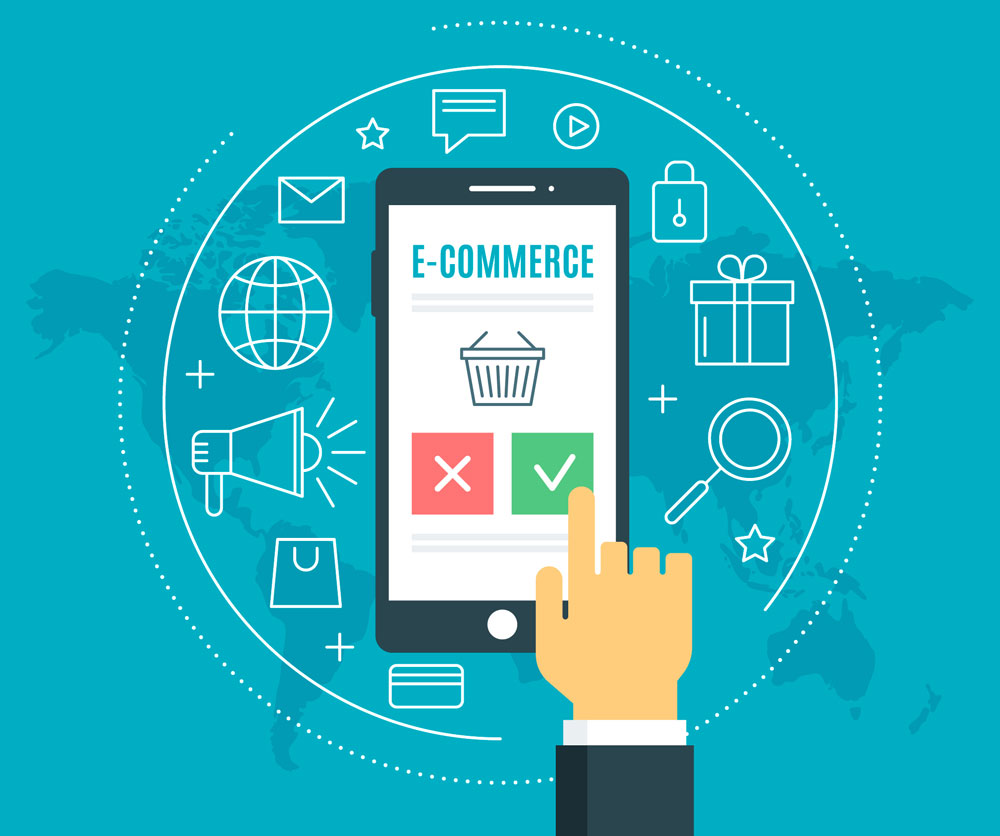Ecommerce technologies and online shopping only became a reality when the internet began in 1991. However, those ecommerce pioneers of the 1990’s did not survive the technological changes or did not adapt to the new dynamics of ecommerce.
Amazon.com can be considered one of the first ecommerce sites that has favorably adapted to the always evolving internet landscape until now. The following ecommerce technological developments and trends will influence the future of ecommerce, the way businesses adopt them will determine their success or failure:
Artificial intelligence and Machine Learning.
These two factors are creating a tremendous impact on ecommerce. Machine learning and its applications are improving user experience based on customers’ buyer behavior and previous data. It is helping ecommerce companies to understand customers’ preferences and choices. Similarly, Artificial Intelligence and Machine learning are helping businesses to predict what kind of products and services their customers prefer.
Ecommerce Mobile Apps
Trends and studies about ecommerce consumer behavior show that customers are buying more from mobile phone than from personal computers. As reported by SearchEngineLand, approximately 60% of Google’s total searches come from cellphones.
In the same way, Google is recommending ecommerce businesses to design their websites for mobiles and to design mobile apps as in 2018 consumers browse 286% more products on apps than mobile web.
Animation applied to ecommerce technologies.
Different technology developments are being adopted from the video games design industry and introduced to ecommerce sites. Motions are a key factor to design video games that help to attract players and give them helpful feedback. For instance, the design of video games take into account aspect like when players are doing well, what do they pay attention to and how they could improve.
Such aspects, help ecommerce websites and apps to discover how motion can be a signal of pleasure, personality, or urgency when buyers are interacting in a virtual store. Motion makes buying experiences feel more alive.
Finally, the abovementioned ecommerce technologies, will radically redesign the digital business landscape and make online shopping different and more enjoyable. However, choosing the right ecommerce technology for each specific business need, will improve the user experience and determine its success.

ecommerce technology trends

